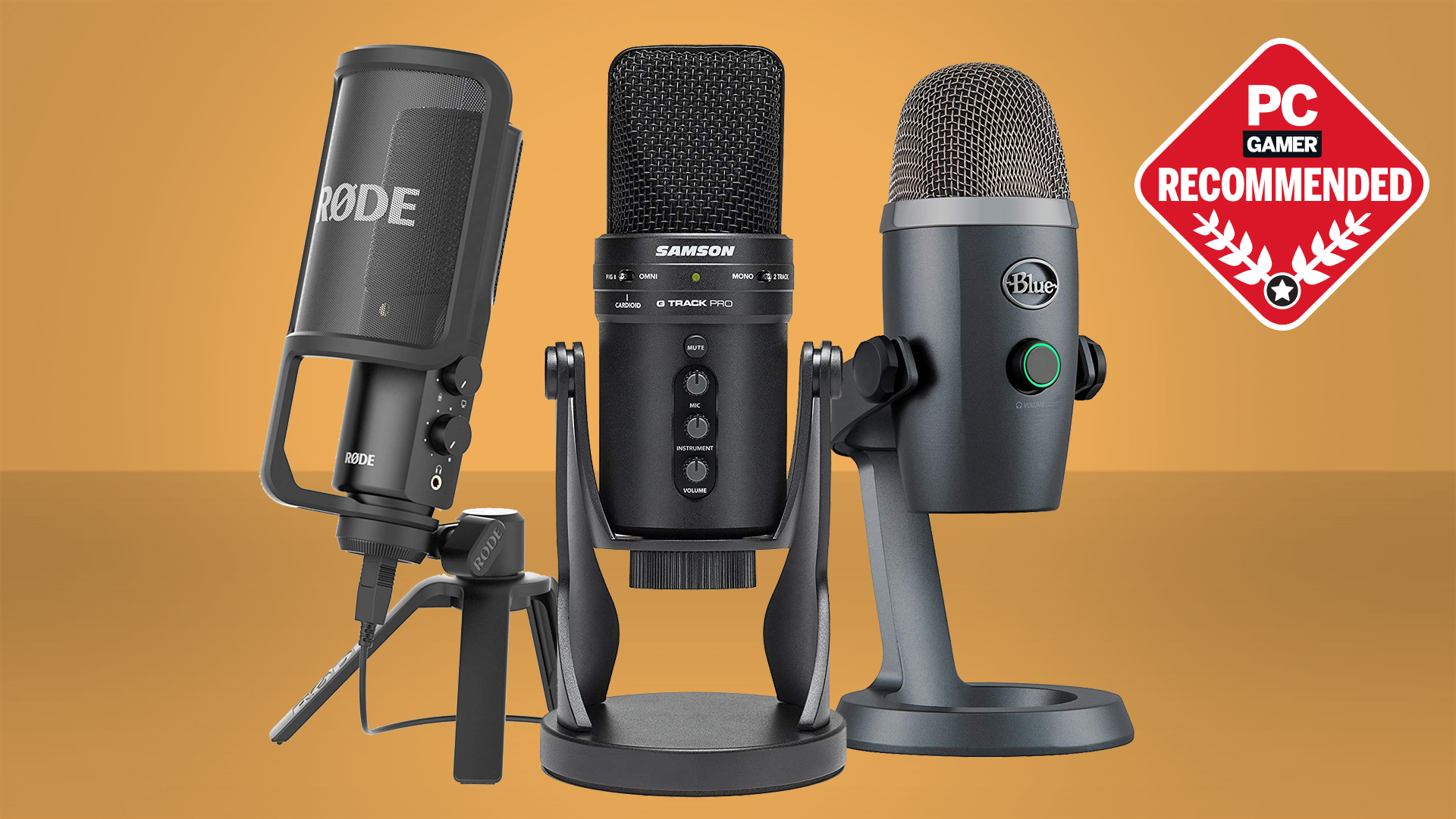In case you missed it: Boston Dynamics robots dancing to '60s rock and roll
They've really got some moves.
This short but downright breath-taking clip of the Boston Dynamics bots dancing to The Contours 1962 hit "Do You Love Me?" is one of the best things I've seen this year.
Sure, I'll admit some of the movements slipped a little way into the uncanny valley, which certainly gives the performance a slightly eerie feel. But if you can put the looming, bloody robot revolution out of your mind for a second, you have to admit those moves are outta sight.
You may not be surprised that a number of people believed the video was made with CGI. There is no such trickery here. It's the final result of over a year and half of coding, upgrading, simulating, and of course some righteous dance choreography.

Best microphone for gaming: make sure you're heard
Best webcams: be seen while you get your stream on
Best capture cards: lessen the load with a dedicated card
Once all that was over, just a couple of days of recording won the Boston Dynamics bots over 23 million views on social media—and that was just during the first week. Looks like the Atlas bots and their companions, Spot and Handle, are getting some well deserved air time then, which has been a big boost for the team.
Talking to techexplore, Boston Dynamics founder and chairperson, Marc Raibert said, "We got a call from one of the sound engineers who had recorded the original Contours performance back in the '60s. And he said that his whole crew of Motown friends had been passing it around and been excited by it." What a thrill that the scientific community is getting so much attention. I hope this gives a big boost to subsequent projects so I can get my hands on a dancing robot servant sooner, rather than later.
Although it looks like a jolly good time, the project wasn't just for fun. In the process, Boston Dynamics engineers have been able to develop more impressive motion-programming tools for balance and bouncing. The project sped up the process toward new, effective rapid-generation tools for integrating movements, too. These advancements won't just benefit the team in that they won't need to hire entertainment for work parties any more. The work done here will become indispensable for future applications, moving toward creating much more fluid, humanlike movements from robots than we're used to seeing.
The main takeaway from these groovy steps is that the boundaries of what robots can do are being pushed past their current limits, and will continue to be. Some day in the near future, robots will be moving almost exactly like us.
Keep up to date with the most important stories and the best deals, as picked by the PC Gamer team.
Then there's only a few heavy steps toward inevitable world domination.

Having been obsessed with game mechanics, computers and graphics for three decades, Katie took Game Art and Design up to Masters level at uni and has been writing about digital games, tabletop games and gaming technology for over five years since. She can be found facilitating board game design workshops and optimising everything in her path.


